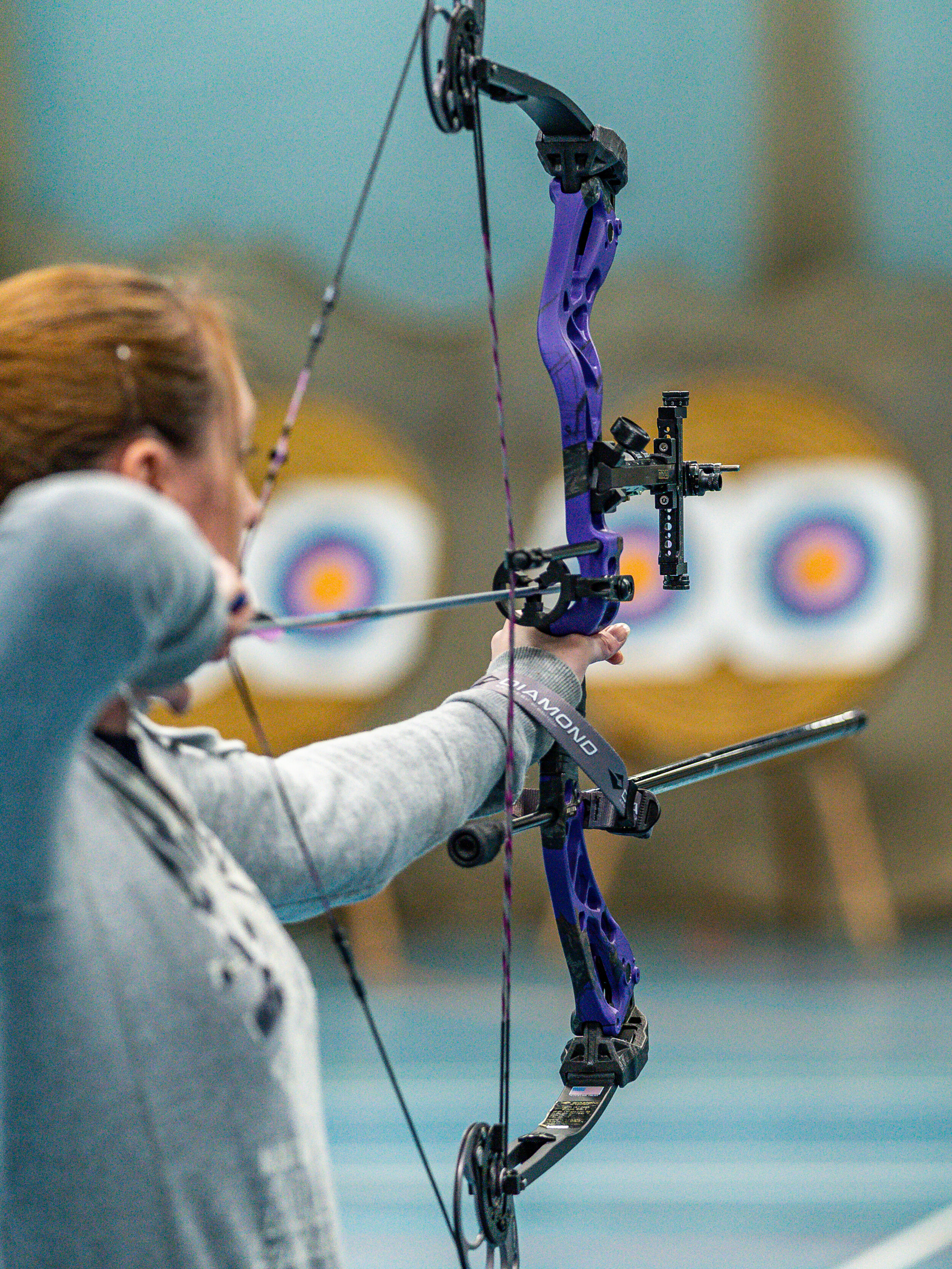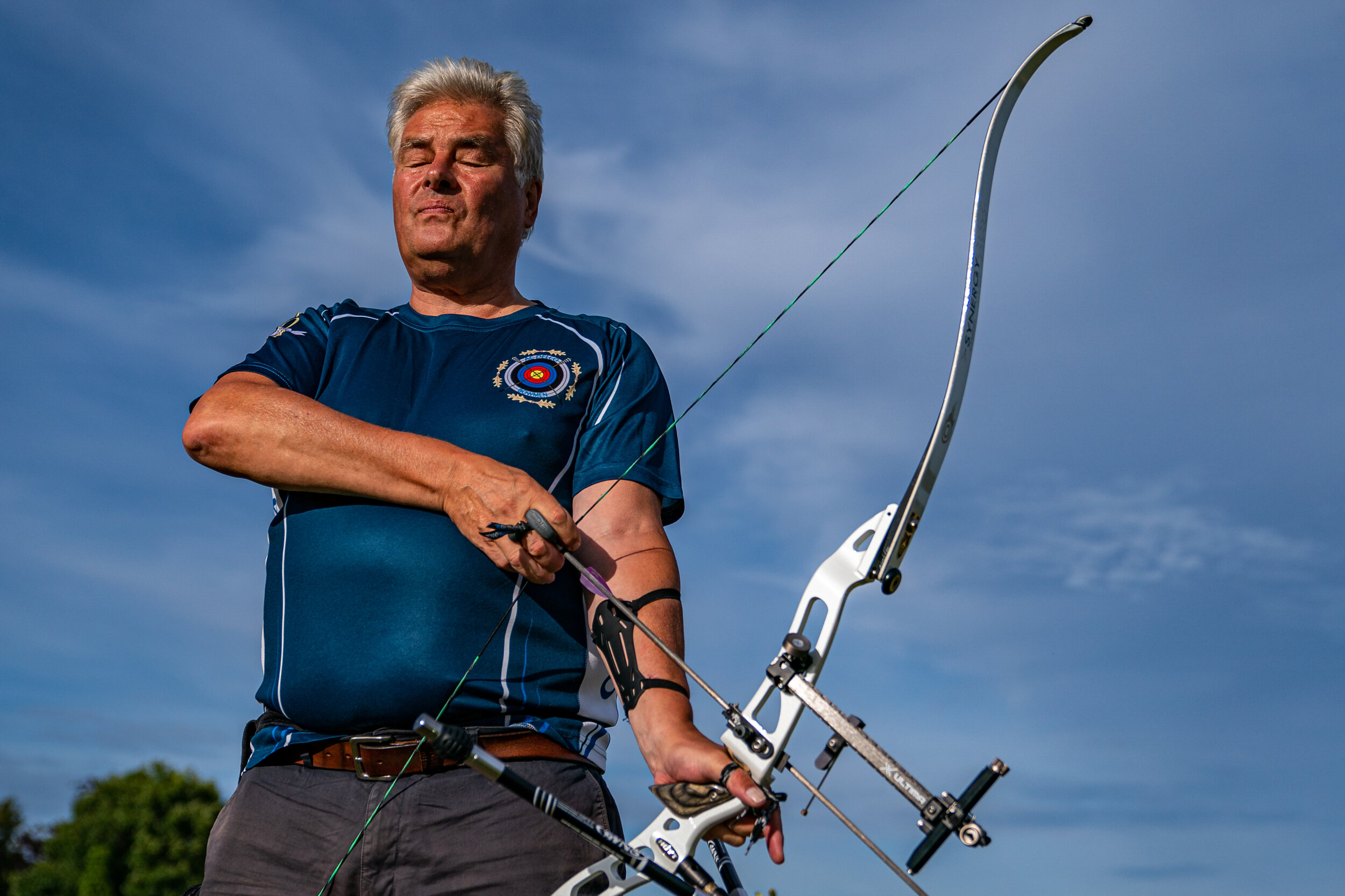How to Photograph Rugby
(All images copyright Michael Berkeley Photography - no reproduction without permission)
What better way of spending a cold, wet, miserable afternoon than photographing a game of rugby?! There is nothing to beat battling the elements to capture the excitement and sheer physicality of the game. I just love extreme pictures of players covered in mud …
(Sony a9II; 70-200mm at 200mm; f/2.8; 1/1000th sec; ISO 3200)
My experience of photographing rugby comes from visits to my local club in Salisbury, Wiltshire. At this level, the rugby is of a high quality, but it is sufficiently informal to allow a photographer to move around, a luxury that wouldn’t be afforded at a higher level.
(Sony a9II; 70-200mm at 198mm; f/2.8; 1/800th sec; ISO 400)
This is important because the first decision to make when arriving at any sports event is where to position yourself. My normal preference with sports that go ‘end-to-end’ (such as basketball, football and ice hockey) is to be at the end towards which the team I am photographing is playing. This means that the players you want to photograph are coming directly towards you – which in turn means that you will get good images of their faces – as above.
(Sony a9II; 70-200mm at 110mm; f/2.8; 1/800th sec; ISO 3200)
But all sports are different – and, although it does indeed go end-to-end, rugby is also played ‘side-to-side’ as the ball is passed across the pitch. Excellent photos are therefore to be had from the side and, for this reason, I like the freedom to be able to roam up and down the touchline. It also provides an opportunity to get closer to the action (as above) – but, of course, it also runs the big risk that you are not in the right place when a try is scored!
(Sony a9II; 70-200mm at 70mm; f/2.8; 1/800th sec; ISO 2500)
So, what kit and what settings do I use? I am currently using 2 x Sony a9IIs, one with a 70-200mm f/2.8 lens and the other with either a 200-600mm f/5.6-6.3 or a 400mm f/2.8 lens. The last of these is of course a wonderful lens but I do find it useful having a zoom. The action can come towards you very quickly and the ability to zoom out is really helpful. Using 2 cameras requires making decisions about when to swap from one the other, but that’s part of the fun. If I had to use just one camera and lens, it would be the 70-200mm lens everyday as that provides a good range to cover most eventualities.
(Nikon D700; 200-500mm at 500mm; f/5.6; 1/500th sec; ISO 500)
I set out the ‘standard’ camera settings in my blog Getting into Sport and Music Photography. In summary, I normally set the camera to Manual and:
· Open the lens wide open to make the depth of field as shallow as possible.
· Select a shutter speed at an appropriate level to freeze the action (around about 1/1000th sec).
· Set the ISO level to auto, within min/max parameters of 100 and about 3200.
Other settings include:
· Metering: probably centre-weighted.
· Autofocus mode: AF-C with lock-on tracking.
· Drive mode: continuous high.
· File type: RAW in one slot and JPG in the other.
· White balance: auto – and I’ll sort any problems in post processing.
Of course, these settings change depending on the circumstances, but this is the start point.
(Nikon D700; 200-500mm at 460mm; f/5.6; 1/1000th sec; ISO 800)
Rugby differs from many other sports because there are set pieces – scrums and lineouts – that break up the play. Both provide opportunities for good shots, but they also have their challenges. In the case of both, you know where the players are going to be, although most of the players are tied into a scrum and are not therefore visible. In the photo above, the back row is getting ready to break – the ball is visible at the feet of the players on the left – but there isn’t much action.
(Sony a9II; 70-200mm at 200mm; f/2.8; 1/1000th sec; ISO 200)
With a lineout, you don’t know exactly where the ball is going to be thrown, and the height to which the jumper is lifted makes it difficult to get a close shot in landscape mode. In the photo above, the players are quite distant, so the drama is reduced. One solution is to go for a portrait orientation, as below.
(Sony a9II; 70-200mm at 70mm; f/2.8; 1/1000th sec; ISO 800)
In the case of both scrums and lineouts, with the forwards largely tied up with the set piece, it may be possible to get a good picture of the scrum half distributing the ball, as below. The problem often is that there are people in the way – this is the same issue that makes basketball photography such a challenge. There are simply too many people in too small a space – and most of them have their back to you!
(Nikon D500; 200-500mm at 440mm; f/5.6; 1/1000th sec; ISO 280)
When the ball is with the three-quarters in space, however, there should be opportunities to capture dramatic moments as they try to evade their opponents.
(Nikon D700; 200-500mm at 460mm; f/5.6; 1/1600th sec; ISO 640)
Making – or missing – tackles can also make good images. There are almost always good facial expressions to capture and these tell a story, as well as portraying emotion – see below.
(Nikon D700; 200-500mm at 500mm; f/5.6; 1/500th sec; ISO 560)
The essence of all sport photography is to tell the story of the game, and this is often the hardest part of the challenge. The club or the media is going to want a picture of the tries being scored. This is often a matter of being in the right place at the right time, which can be down to luck. In the photo below, the fly half is stretching to touch the ball down, despite the best efforts of the opposition. This the shot that a local paper would want, although I would have preferred to have got more of the scorer’s face in the picture and maybe the white line more visible too.
(Nikon D700; 200-500mm at 210mm; f/5.6; 1/640th sec; ISO 800)
Part of telling the story is to convey the weather conditions – especially if it is a foul day. Unfortunately, modern cameras are so good that they often make the conditions look better than they really are! The image below was taken in torrential rain, and the picture doesn’t really convey quite how bad it was. Whereas backgrounds can often be distracting, the umbrellas in the distance help to tell the story – and the supporter in the red coat raising his arms in triumph add to the message that the player with the ball is about to score.
(Nikon D500; 70-200mm at 150mm; f/2.8; 1/800th sec; ISO 280)
While on the subject of rain, I usually use a rain cover on the camera when it is throwing it down. Although they say that the camera has a degree of weather-sealing, I prefer not to take the risk – and I certainly wouldn’t change lenses in the rain.
I am as guilty as anyone of ‘chimping’ – reviewing images as soon as I have taken them – but it’s really important to resist the temptation. You never know when something is going to happen in the margins of the main action, and this is often when the most memorable images are to be had. You should always be on the lookout for the photograph that nobody else has seen. A lot of this is luck (‘right place at the right time’ again!), but it is possible to make your own luck by understanding the game and anticipating what is going to happen next. Although I am not sure anybody could have predicted what happened in the photo below …
(Sony a9II; 70-200mm at 158mm; f/2.8; 1/1600th sec; ISO 320)
Capturing the referee being upended in the photo below was a stroke of luck, as I just happened to be photographing the action when the unexpected happened. It’s the old adage “If you see it, you have already missed it” – because it takes time for the eyes to tell the brain to tell the fingers to press the shutter release …
(Nikon D500; 70-200mm at 200mm; f/2.8; 1/800th sec; ISO 360)
Rugby is fun to watch and fun to photograph. While you might prefer to wait until a sunny day, that is not entering into the spirit of the game! Why not give it a go?!
(Sony a9II; 70-200mm at 198mm; f/2.8; 1/1000th sec; ISO 3200)
With special thanks to Salisbury Rugby Club.
If you have enjoyed this blog or if you have any comments, please leave a message in the comments box below. If you have any questions for me, please email me direct at berkeley.m@yahoo.com.









































